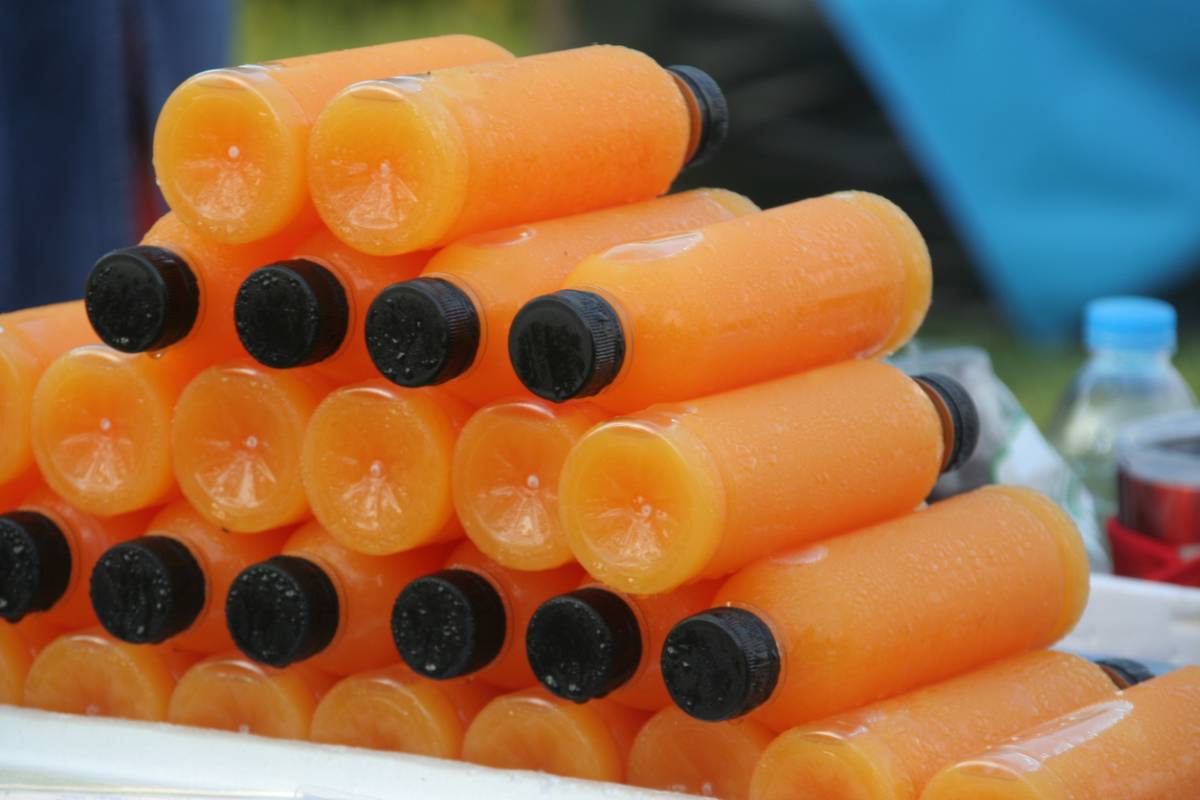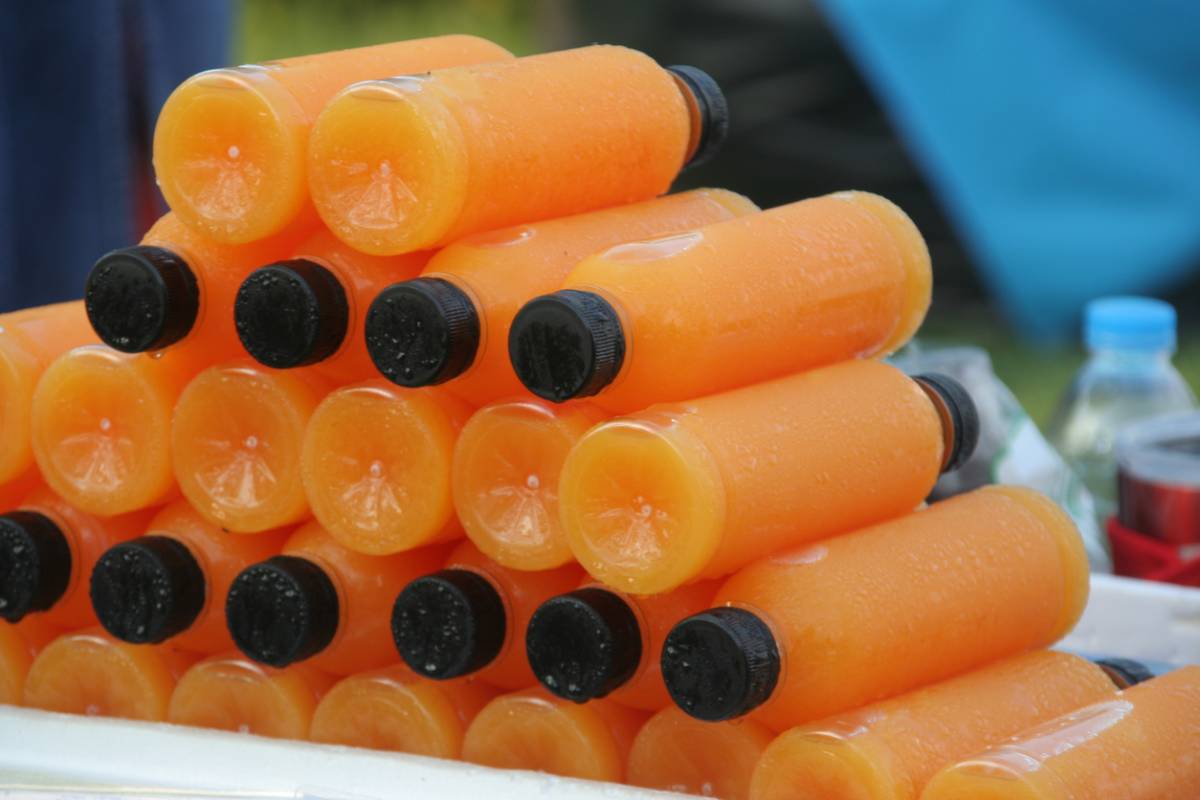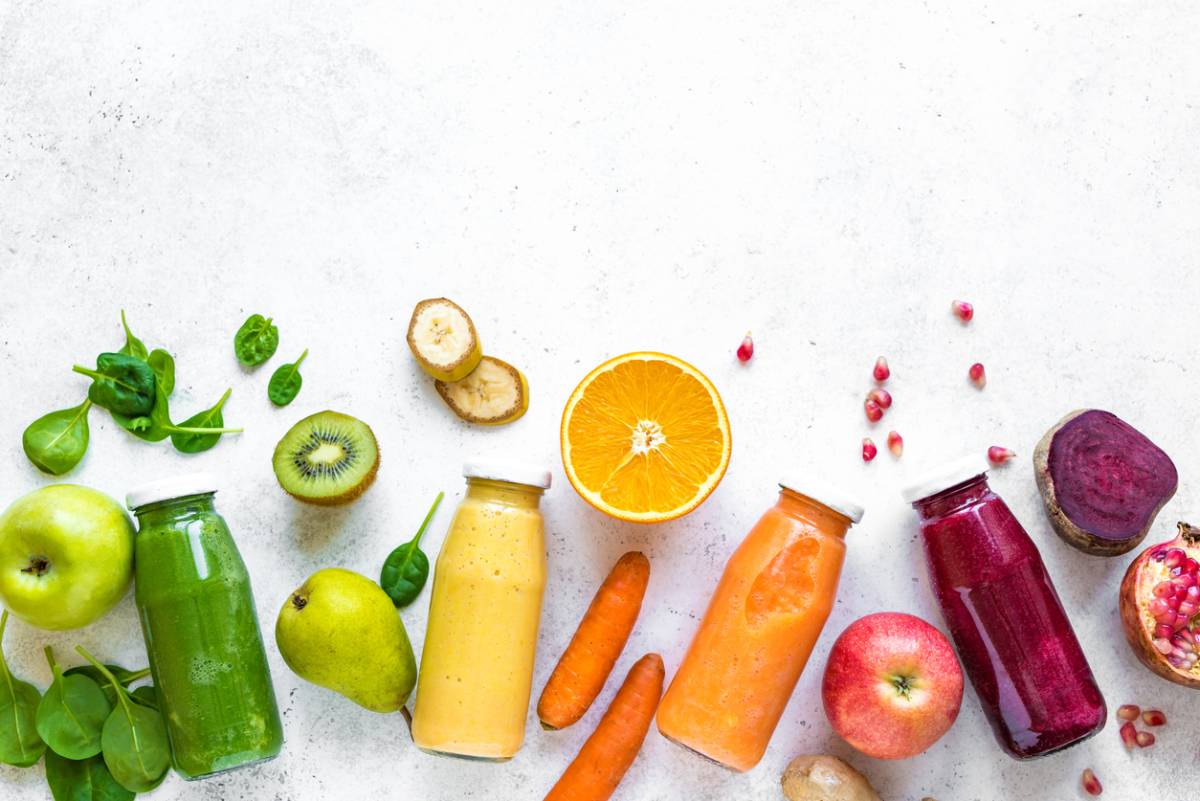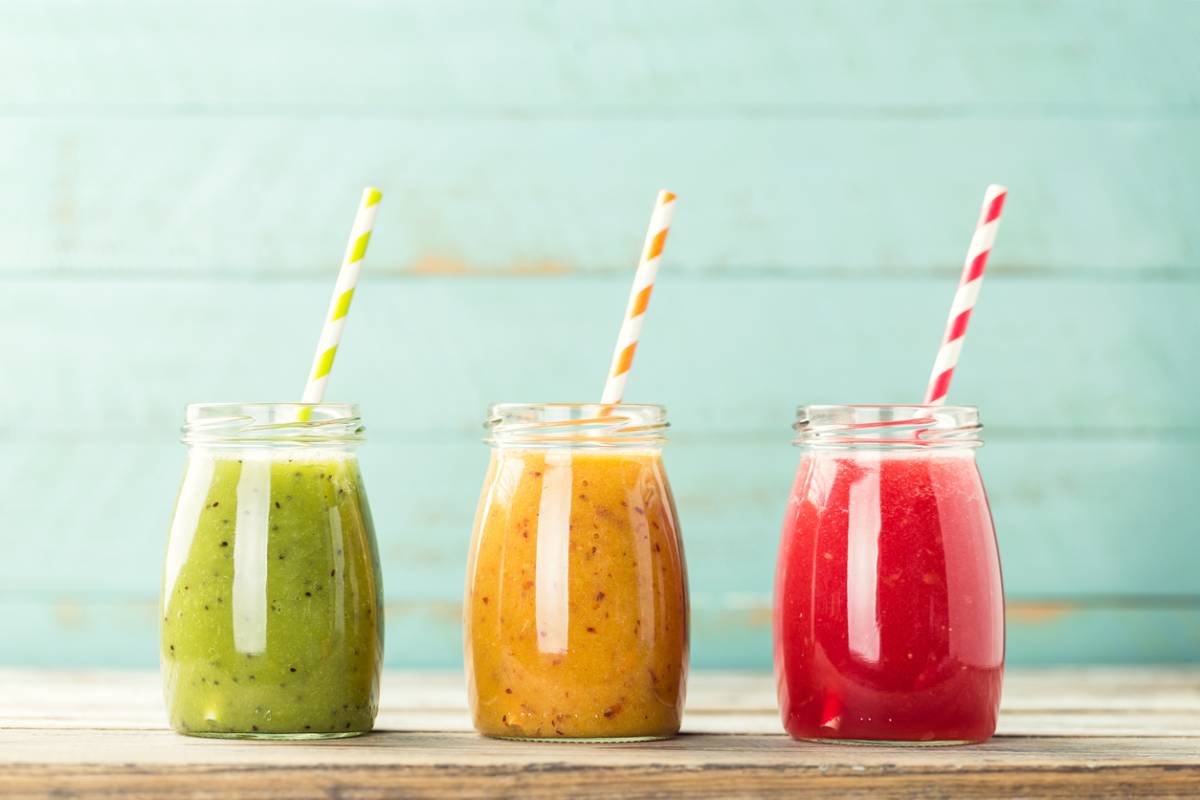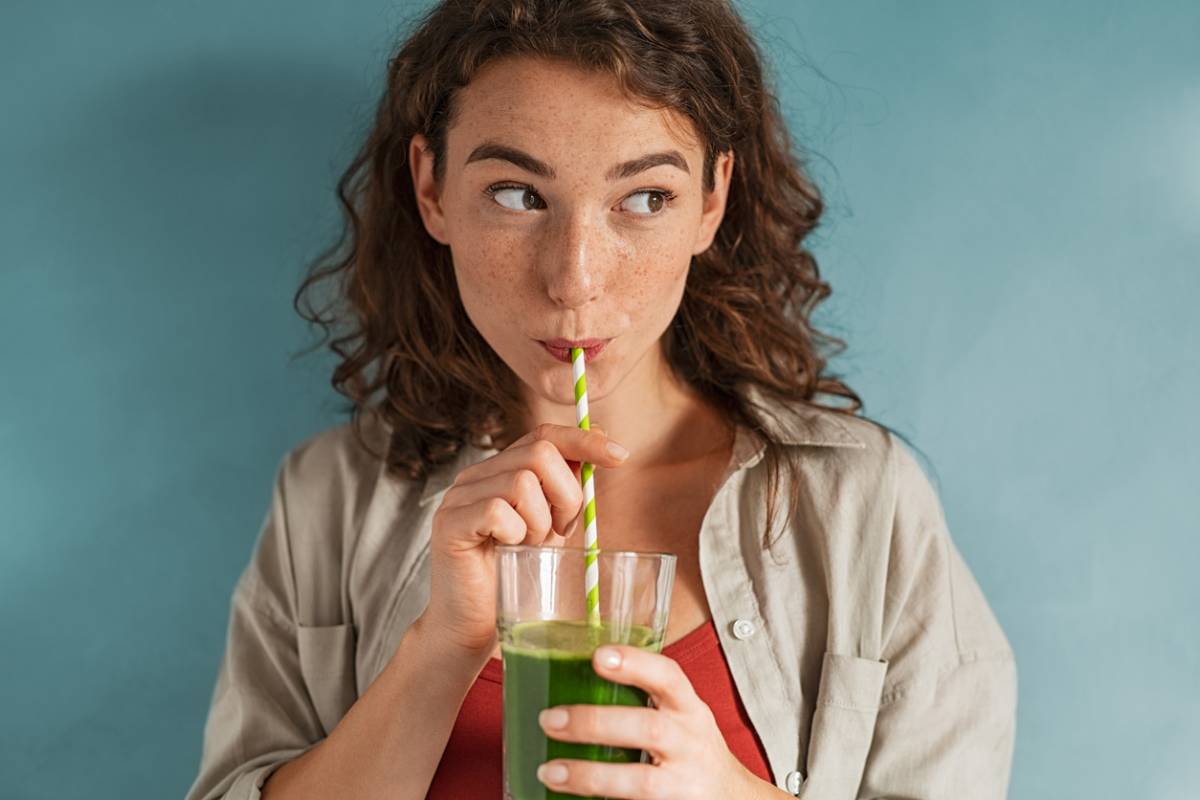Anyone running a food and beverage-based business knows that having the best equipment can guarantee the highest-quality items – as well as incredible customer satisfaction. If you serve juice at your location, then you probably have at least one commercial juicer to work with. They can provide tons of healthy and flavorful drink options to your customers while being fairly low maintenance and easy to handle. A lot of our customers still worry if it is worth having a commercial-grade juice machine, however. Below, we cover the top 3 benefits of commercial juicer.
Top 3 Benefits of a Commercial Juicer
Our SC Beverage pros know that there are some amazing benefits to having an industrial-grade juicer as a part of your business. From ease of cleaning to stellar production value, your business is sure to boom when you get your hands on a commercial-grade juicing device. Today, we want to show you the top 3 benefits of a commercial juicer that you won’t want to go without. Feel free to reach out to our experts online for more commercial juicer tips!
Add More Flavor Options
A better juicer means more advanced options to present to your patrons. Whether you are into making smoothies or you want to squeeze fresh fruits to make the best juice for customers on the spot, you can do a lot with a commercial juicing machine. If you have been into a restaurant and noticed their advanced soda machines with hundreds of flavors to choose from using a digital screen, then you might have an inkling of the endless benefits that can come from a juicer. This is also a great machine to have for unique and freshly-made cocktails!
Maintain Cost-Effectiveness
The number one reason why many customers are hesitant to obtain new industrial-grade juicers is that they worry about the expenses of maintaining such a machine. However, there are a wide range of commercial juicers at a wide variety of prices, which can help restaurant owners feel a bit better about the price tag. In fact, some commercial juicers are sold for less than $700, making them almost as affordable as retail items. Other juicers may come with a higher cost but guarantee to last for many years without the need for expensive repairs.
Clean-Up is Easy!
Commercial juicers don’t just come with the machine itself. But they are also set up to provide you with instructions on how to clean them. Manufacturers will recommend that you keep your juicers at the highest of hygiene standards at all times. This is a great way to avoid contamination and to keep your customers happy and healthy.
Maintenance is easy to achieve on your own. Aand should be done many times per day. But professionals can also assist you with more complex repair needs. Commercial juicers may require part replacement and complete descaling before and after use. If you’re unsure about the best way to clean your juicer, you can read an online manual or get in touch with our commercial beverage experts.
Browse Commercial-Grade Juicers Today
SC Beverage is your local beverage equipment supplier, offering top-notch equipment and repair services to restaurant owners around the region. Are you:
- opening a bar
- supplying a new restaurant
- or creating the next hottest juice shop in your town?
Then you can greatly benefit from having a commercial-grade juicer in your facility. Browse our selection of juice equipment to explore the latest technological advancements in juicing technology. If you are looking for a reliable manufacturer to serve all of your beverage supply needs, look no further. SC Beverage offers everything from juice dispensers to fresh juice squeezers to satisfy even the most niche of businesses.


